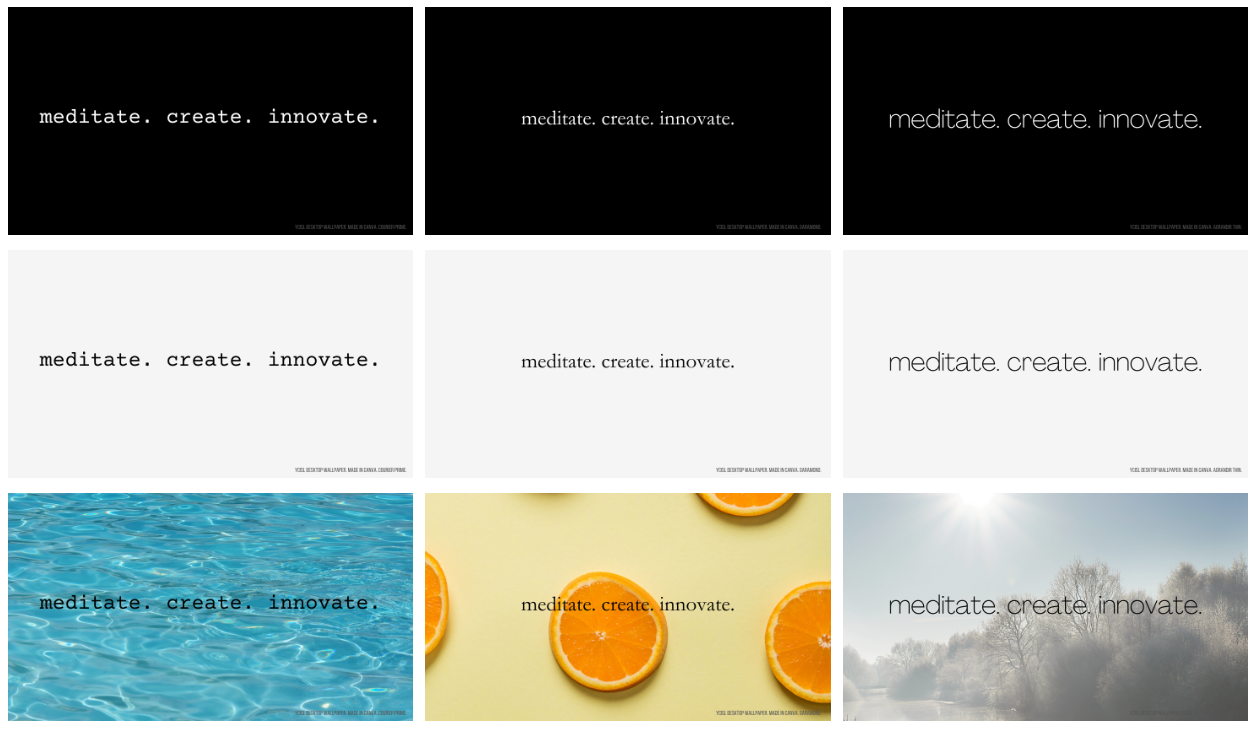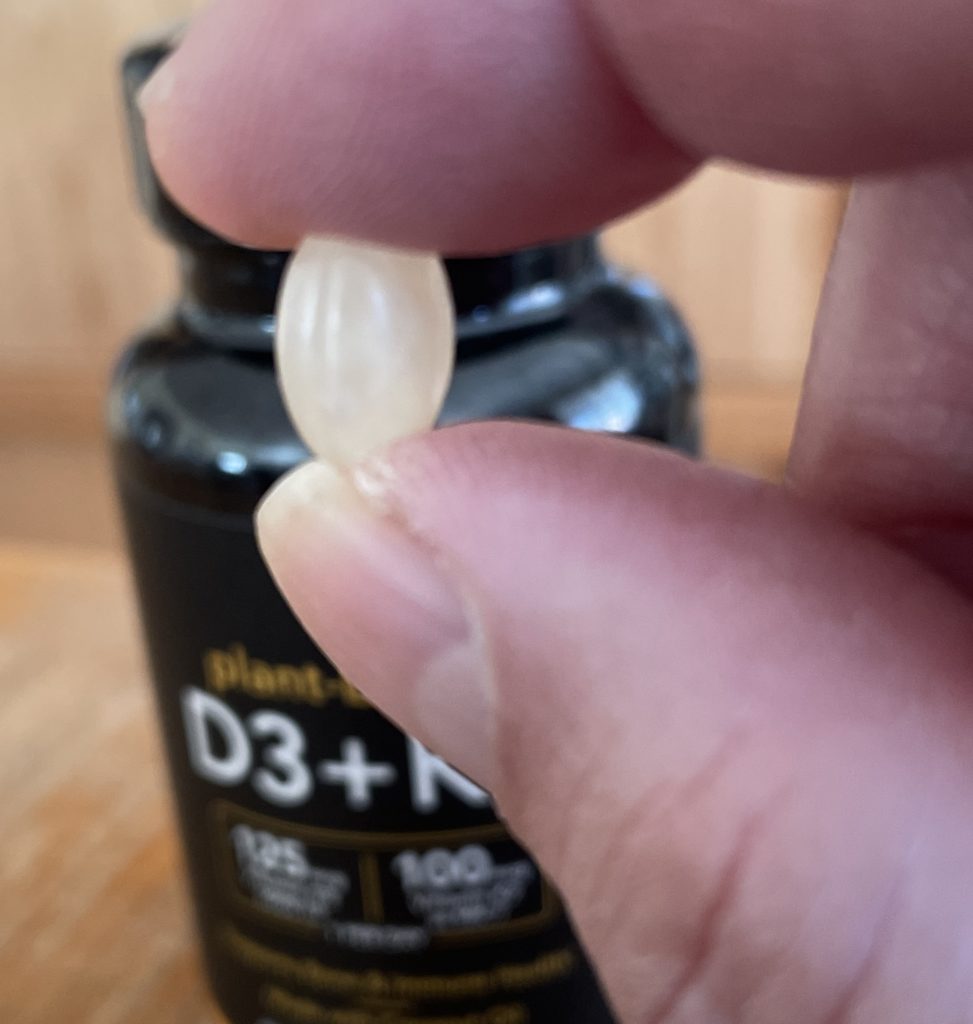YCISL Returns to On-campus with a “Popcorn with Colin”
Thursday, March 28th, 2024 Last week, I hosted a group of high school students from Kanagawa Prefecture for the first on-campus YCISL program since 2019. And it was the first “Popcorn with Colin” session at Stanford; previously, PwC had only been online through Zoom in response to the pivot to remote education.
Last week, I hosted a group of high school students from Kanagawa Prefecture for the first on-campus YCISL program since 2019. And it was the first “Popcorn with Colin” session at Stanford; previously, PwC had only been online through Zoom in response to the pivot to remote education.
In this PwC, the focus was on Creativity, Uncertainty, & Real-World Problem-Solving. When I was ideating in preparation, I thought about two aspects of creativity application that sets Stanford-style education apart. The first is the concept of uncertainty – which I learned most when teaching environmental toxicology (ETox is full of uncertainty…and risk). Uncertainty was also a talking point early in YCISL taking Geert Hofstede cultural dimension examples from the book “Outliers” by Malcolm Gladwell (it was one of the books in the Stanford freshman orientation Three Books program in 2009). So, this PwC started on the topic of uncertainty – in everyday as well as academic terms.
The second concept introduced in the PwC was Real-World Problem-Solving. I recalled examples from various Stanford environmental courses where problem assignments are designed with intentional incompleteness – just like in the real-world where there are numerous gaps or questionable information. The idea was for students to learn to make guesses or estimates to come up with justified and plausible solutions. This approach to academic coursework aligns with high-level research where knowledge extensions and connections are made and tested.
With the above concepts set in a Stanford context, the students were then pulled into the YCISL-style of playful creativity. We started with the fast thinking exercises (“What do cows drink?”) then moved into the 30 circles exercise to demonstrate imaginative agility as well as transfer from mind to paper. We ended our creativity fun-fest with the Human Knot exercise to immersively showcase group problem-solving.
To complete the circle, I introduced a variation of the Design Sprint exercise just completed in the Sustainability Design Thinking course; partly to share what happened in an actual Stanford course, and partly to get the students to apply creativity, uncertainty, & real-world problem solving to a forward-thinking problem that may affect even their own future. In my view, this turned out to be very resonating as it brought in some of my latest thinking & experiences, & tasked the students with brainstorming along a timeline. The temporal flow was sweet.
This was a great way to get back to on-campus YCISL activity.


 I have an idea for a YCISL Divergent-Convergent Thinking Exercise. Along with DCT, this exercise also involves brainstorming, rapid prototyping, fast thinking, design thinking, creativity and eq. We could also add an elevator pitch component with storytelling and your personal story elements.
I have an idea for a YCISL Divergent-Convergent Thinking Exercise. Along with DCT, this exercise also involves brainstorming, rapid prototyping, fast thinking, design thinking, creativity and eq. We could also add an elevator pitch component with storytelling and your personal story elements.


 One of my LinkedIn connections had liked a post that came across my feed. That article referred to an article titled “Dear daughter, sorry we were a bit negative about poly next year” dated March 20, 2023 and written by Jill Lim. Fortunately, an image of the article was included in the LinkedIn article so I could read a slightly blurred version of the article.
One of my LinkedIn connections had liked a post that came across my feed. That article referred to an article titled “Dear daughter, sorry we were a bit negative about poly next year” dated March 20, 2023 and written by Jill Lim. Fortunately, an image of the article was included in the LinkedIn article so I could read a slightly blurred version of the article.